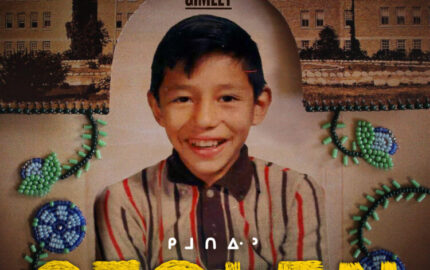Some powerful narratives emerge entirely from the storyteller’s unique proximity to history. “From Silver Lake to Suicide: One Family’s Secret History of the Jonestown Massacre” derives its power and structure from an analogous proximity to historical evidence. A handyman working in author Barry Isaacson’s basement discovers a briefcase full of letters narrating the saga of a young couple who died thirty years ago in Jonestown, Guyana.
Isaacson’s story, from LA Weekly, delves into family psychology, missed opportunities for escape, and parental grief while the timeline creeps toward the inevitable mass suicide. The author’s detective work extends to out-of-print books, FBI files, and interviews with survivors and defectors. Though the heavy presence of these sources occasionally flattens the narrative, Isaacson enriches the piece by including tangential historical details, such as one family’s “red diaper” past, Jones’ emphasis on racial integration, and character descriptions that contain unusual combinations. (“Jones toyed with both medicine and the law but, after a brief phase as an itinerant salesman of pet monkeys, discovered his true vocation in God’s work.”)
But the story-within-a-story structure is what makes the narrative notable. Discovering the letters may have been a chance event, but Isaacson uses them to bookend his piece with a painful immediacy. His story begins with a letter from the enthusiastic Phyllis Chaikin in Jonestown; it ends with a letter from her father in which he writes of his anger and longing, and of the “peerless joy” of raising his daughter, whom we know, as he cannot, that he will never see again.
“From Silver Lake to Suicide,” by Barry Isaacson
Isaacson’s story, from LA Weekly, delves into family psychology, missed opportunities for escape, and parental grief while the timeline creeps toward the inevitable mass suicide. The author’s detective work extends to out-of-print books, FBI files, and interviews with survivors and defectors. Though the heavy presence of these sources occasionally flattens the narrative, Isaacson enriches the piece by including tangential historical details, such as one family’s “red diaper” past, Jones’ emphasis on racial integration, and character descriptions that contain unusual combinations. (“Jones toyed with both medicine and the law but, after a brief phase as an itinerant salesman of pet monkeys, discovered his true vocation in God’s work.”)
But the story-within-a-story structure is what makes the narrative notable. Discovering the letters may have been a chance event, but Isaacson uses them to bookend his piece with a painful immediacy. His story begins with a letter from the enthusiastic Phyllis Chaikin in Jonestown; it ends with a letter from her father in which he writes of his anger and longing, and of the “peerless joy” of raising his daughter, whom we know, as he cannot, that he will never see again.
“From Silver Lake to Suicide,” by Barry Isaacson


